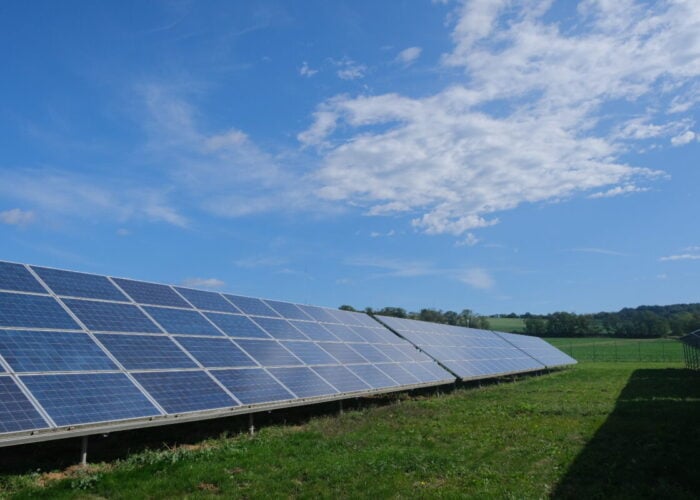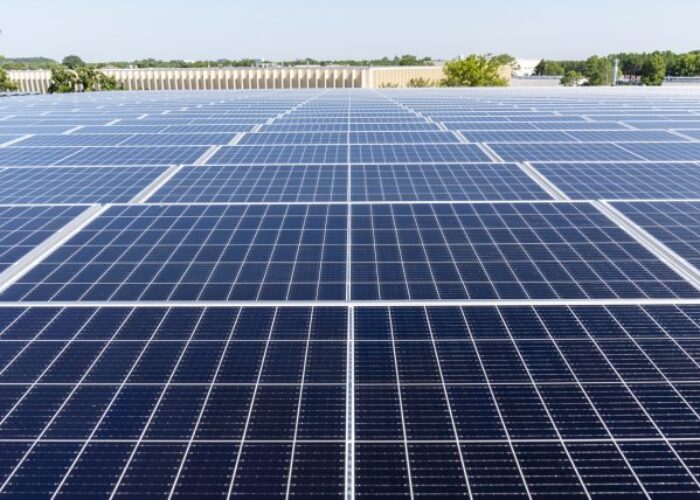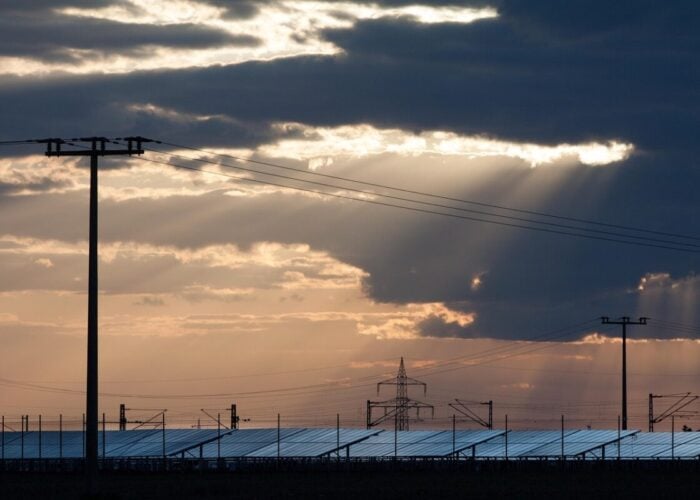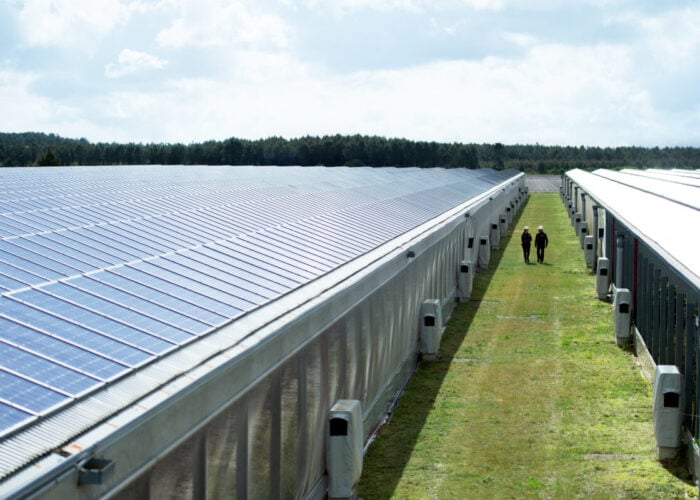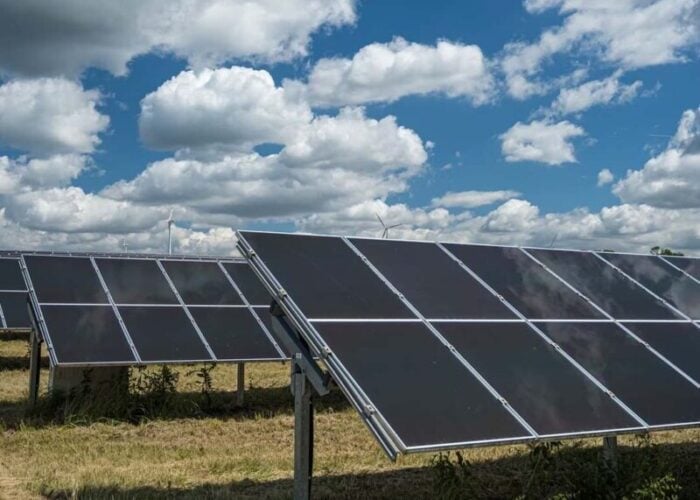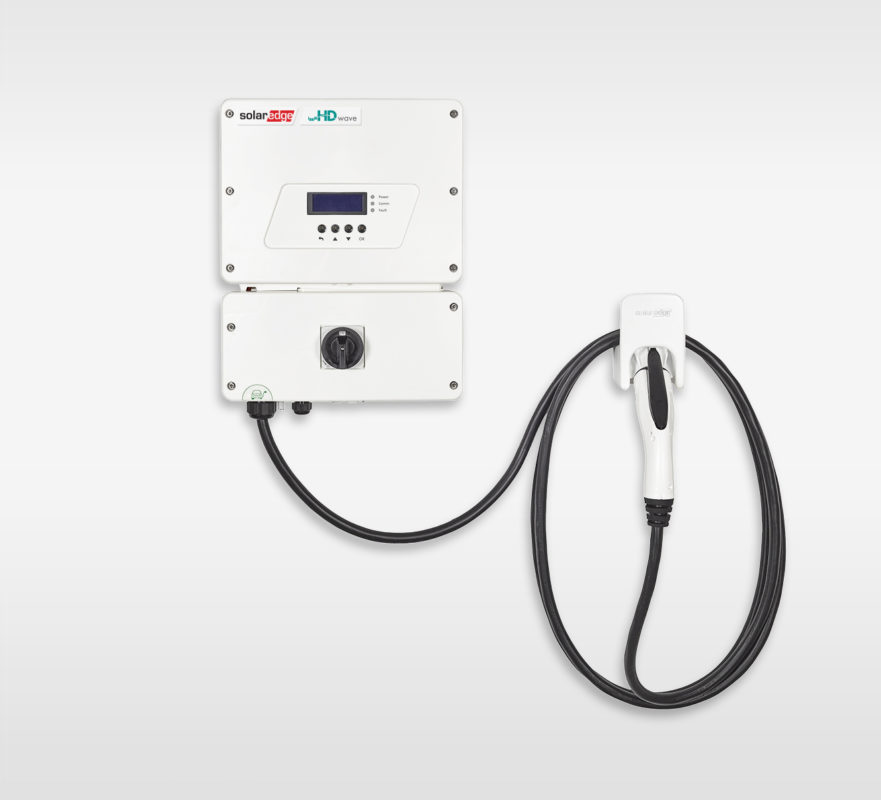
The electrical vehicle (EV) market has been revving up around the world in the past few years. An increasing number of countries, such as the UK, are planning to move away from conventional gas and diesel-powered cars. At the same time, automotive manufacturers are diversifying their fleets by adding electric vehicles to the mix. To date, the electric vehicle and the PV energy markets have existed independently of each other, despite the fact that they significantly overlap both in terms of goals and target market. By combining EV charging with PV energy, both industries are able to benefit and can potentially hasten the adoption of each technology.
There are multiple motivating factors for going solar or transitioning to an electric vehicle, such as lowering ongoing energy costs, becoming more energy independent, and reducing the carbon footprint at both the individual and national level. By charging electric vehicles with solar energy, consumers and countries have a greater ability to fully achieve these goals. This is because transitioning only to an EV does not especially protect the environment, as fossil fuels are likely still burned to charge the car.
Unlock unlimited access for 12 whole months of distinctive global analysis
Photovoltaics International is now included.
- Regular insight and analysis of the industry’s biggest developments
- In-depth interviews with the industry’s leading figures
- Unlimited digital access to the PV Tech Power journal catalogue
- Unlimited digital access to the Photovoltaics International journal catalogue
- Access to more than 1,000 technical papers
- Discounts on Solar Media’s portfolio of events, in-person and virtual
However, when EV is combined with PV energy, carbon footprints can be reduced in a more meaningful way. When cars can be charged using solar energy, it helps reduce the pressure from the grid, and can potentially accelerate charging time. With innovative technologies, such as “solar boost mode”, it can take less time to charge an electric vehicle. In PV markets where increased self-consumption is the goal, charging an electric vehicle using solar energy is yet another way to help achieve energy independence.
EV becomes another tool that supports demand response so that consumers can adapt their power consumption to better match power supply.
At the installation phase, there are multiple benefits of combining solar energy with electric vehicles that can help the acceleration of both. With a traditional PV inverter and a separate EV charger, there is typically an additional installation cost, and other expenses such as extra wiring, conduit, breakers, and possibly an upgrade of the main electric panel.
However, all of these extra expenses can be reduced or even eliminated with the time and cost-efficient installation of inverter-integrated EV chargers, which require only one piece of hardware to be installed. This can help homeowners prepare for the future. So, even if a homeowner does not currently have an electric vehicle, an EV-ready PV system can be installed. This will allow a homeowner to easily upgrade a PV system to supply energy to an electric vehicle when needed.
The potential for combining EV and PV does not stop there. Once the two technologies are integrated, there are many interesting features and functions that can be offered. For instance, as both PV and EV batteries operate on DC, this could potentially change the landscape of EV charging. Another example is EV batteries may have a second life as storage for home energy backup. This could be supported by modular batteries that can be extracted and replaced for charging or offer home energy during peak times or blackouts. Another exciting function that EV batteries can offer when integrated with PV inverters is V2G (vehicle to grid) services, which means the EV battery could feed energy into the grid or throttle its charging rate as part of a demand response service.
This is particularly useful as smart inverters and distributed energy systems are beginning to replace the centralized grid. An interesting impact that this could have is shifting the standard high peak times. Yet, this is indeed just the beginning.
As the industries continue to integrate, it is expected that their growth and impact will increase. For instance, this could help commercial grade vehicles more quickly move to electric or stimulate the development of nationwide networks of DC charging stations. While in the first stage, combining EV and PV can offer homeowners more energy independence, these advancements on a national level could help countries increase their energy security.
Lior Handelsman, VP of Marketing and Product Strategy, founded SolarEdge in 2006 and currently serves as Vice President, Marketing and Product Strategy where he is responsible for SolarEdge’s marketing activities, product management and business development. Prior to founding SolarEdge, Handelsman spent 11 years at the Electronics Research Department (‘‘ERD’’), one of Israel’s national labs, which is tasked with developing innovative and complex systems. At the ERD he held several positions including research and development power electronics engineer, head of the ERD’s power electronics group and manager of several large-scale development projects and he was a branch head in his last position at the ERD. He holds a B.S. in Electrical Engineering (cum laude) and an MBA from the Technion, Israel’s Institute of Technology in Haifa.

